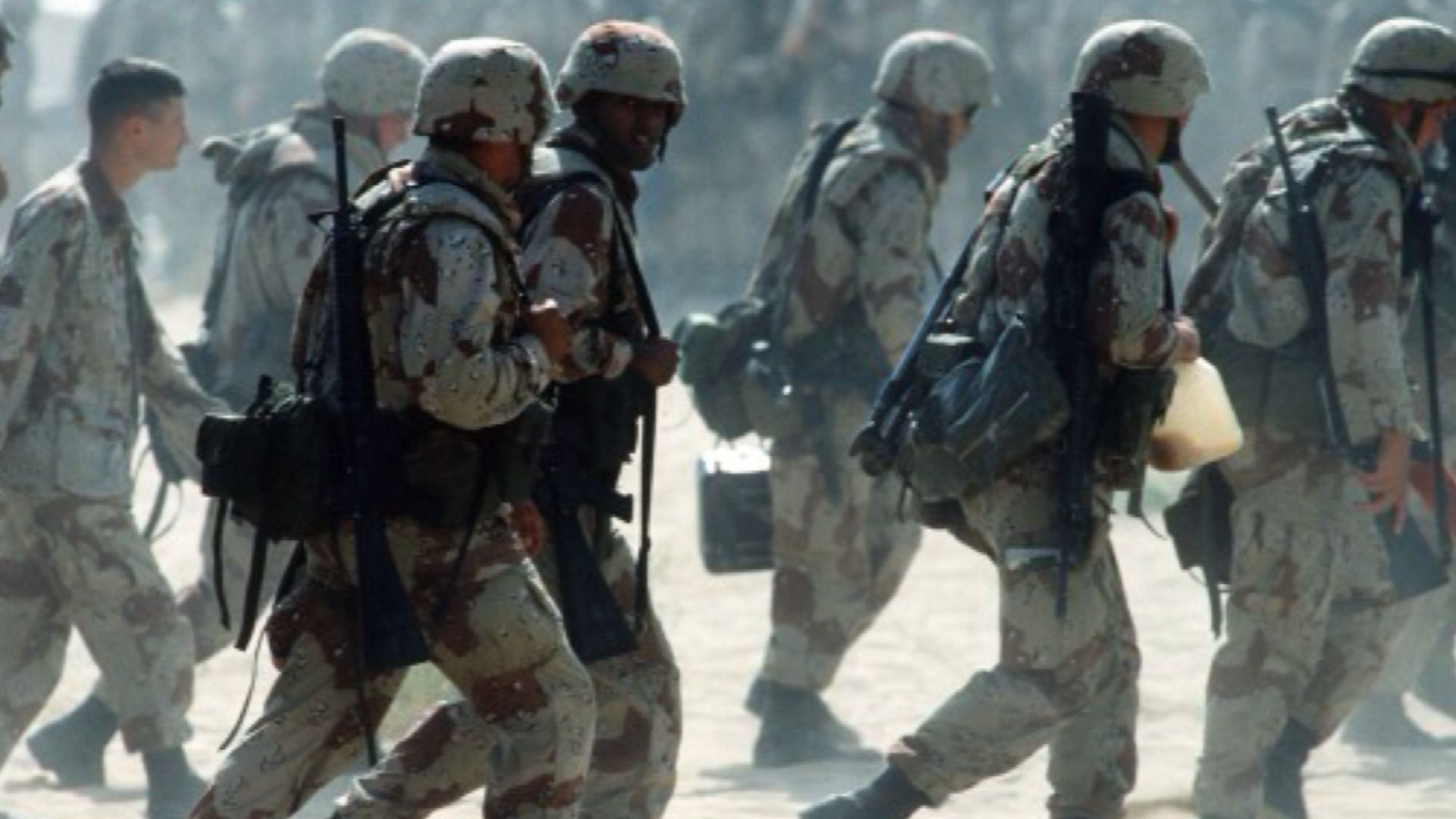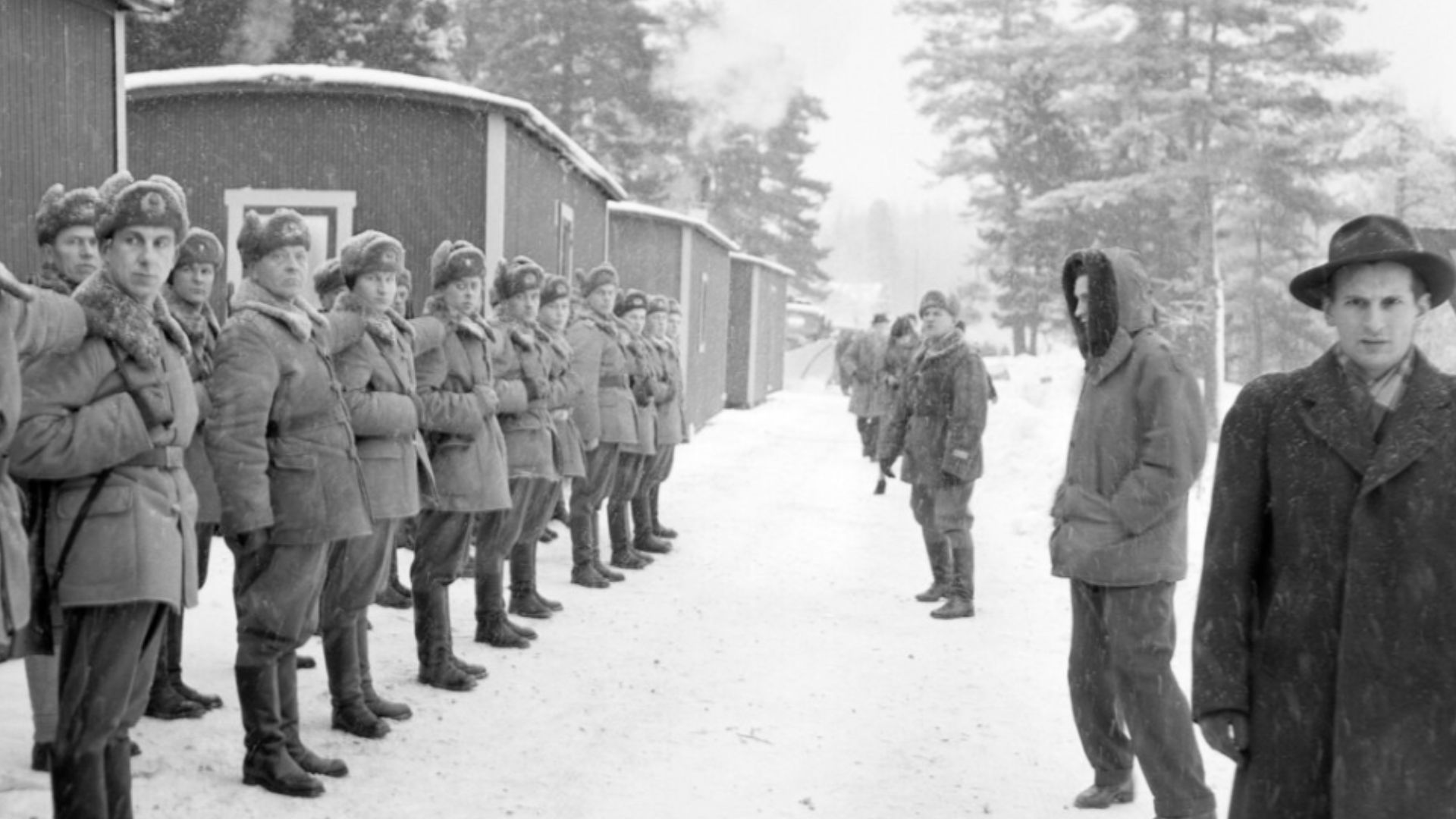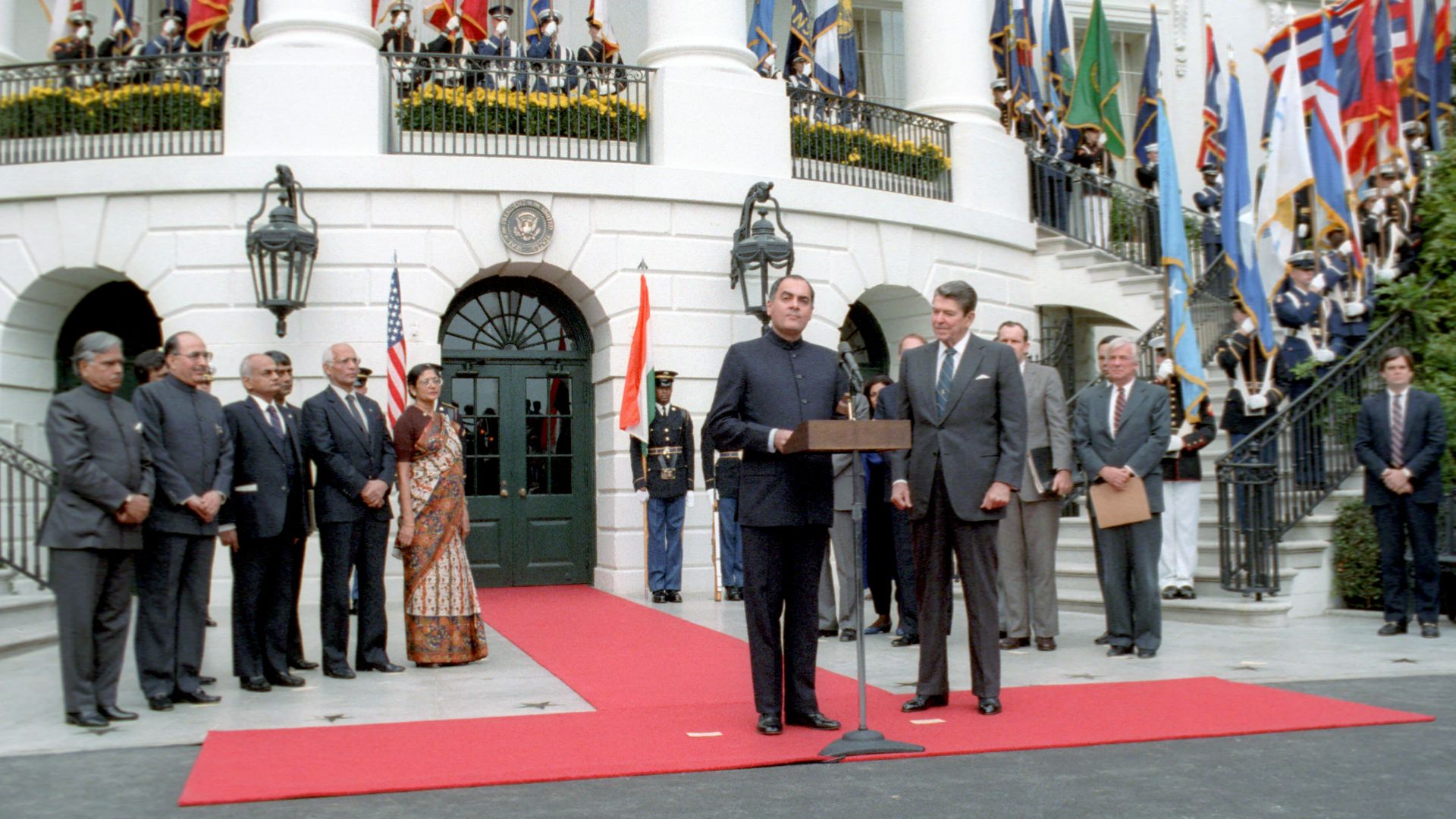When Allies Become Sworn Enemies
Alliances often begin with shared goals, but power struggles and territorial ambitions can turn friends into rivals. As diplomatic ties fall apart, former partners clash on battlefields or in bitter negotiations. These ruptures reshape global dynamics and leave lasting scars on both sides. Let’s walk through how once-solid alliances collapsed and what drove them apart in this revealing look at history's most striking political reversals.
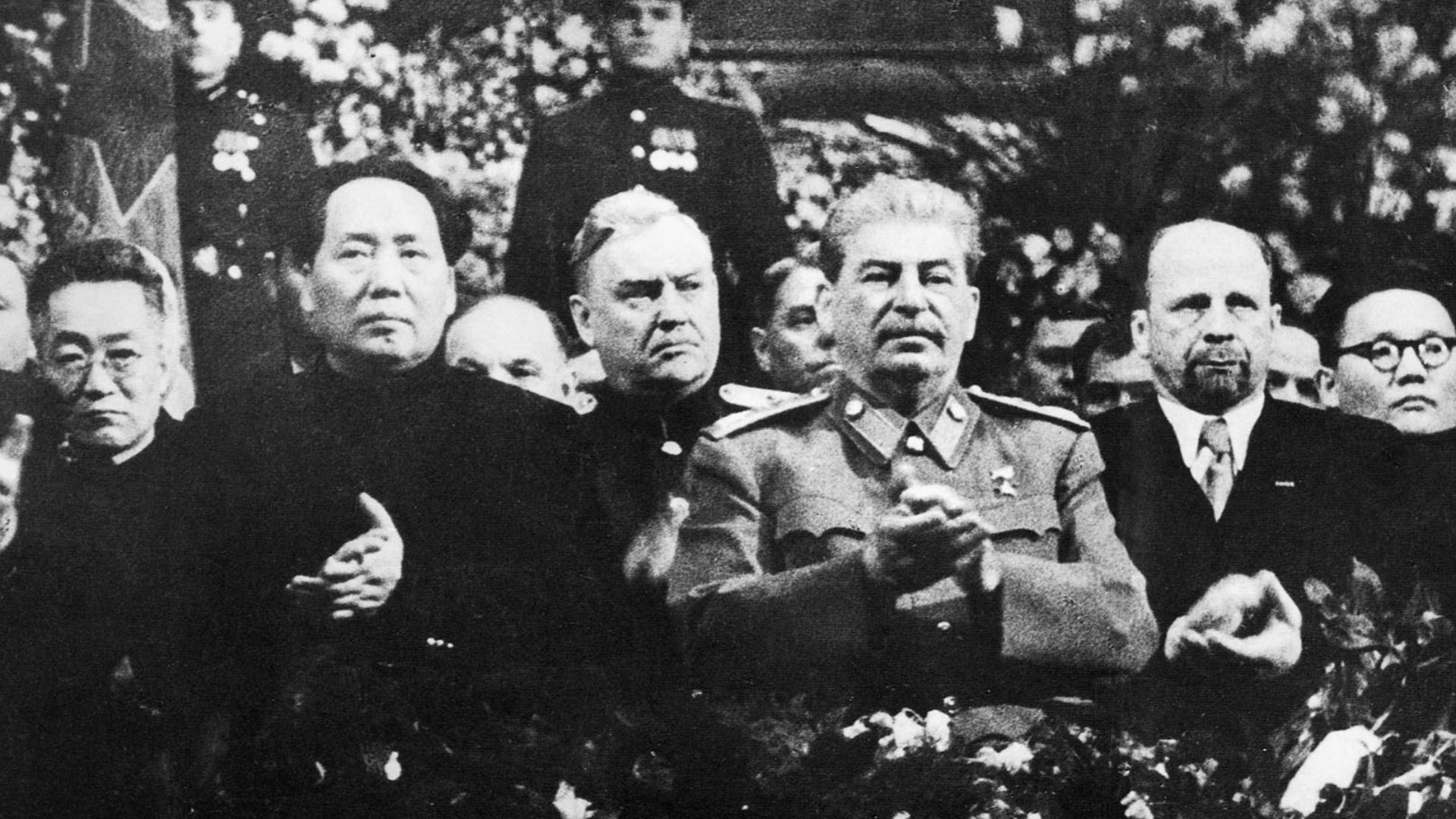 Unknown authorUnknown author on Wikimedia
Unknown authorUnknown author on Wikimedia
1. United States And Iran
Once allies, the U.S. supported the Shah's regime with military and economic backing. Relations went south after the 1979 Iranian Revolution and the U.S. embassy hostage crisis. Nuclear disputes, crippling sanctions, and the 2020 killing of General Qassem Soleimani further entrenched mutual hostility.
2. Soviet Union And China
The camaraderie between Mao and Stalin gave rise to a powerful ideological alliance. However, territorial disputes and differing visions fractured ties during the 1960s. China’s strategic tilt toward the U.S., together with military clashes along the Ussuri River, highlighted their bitter fallout.
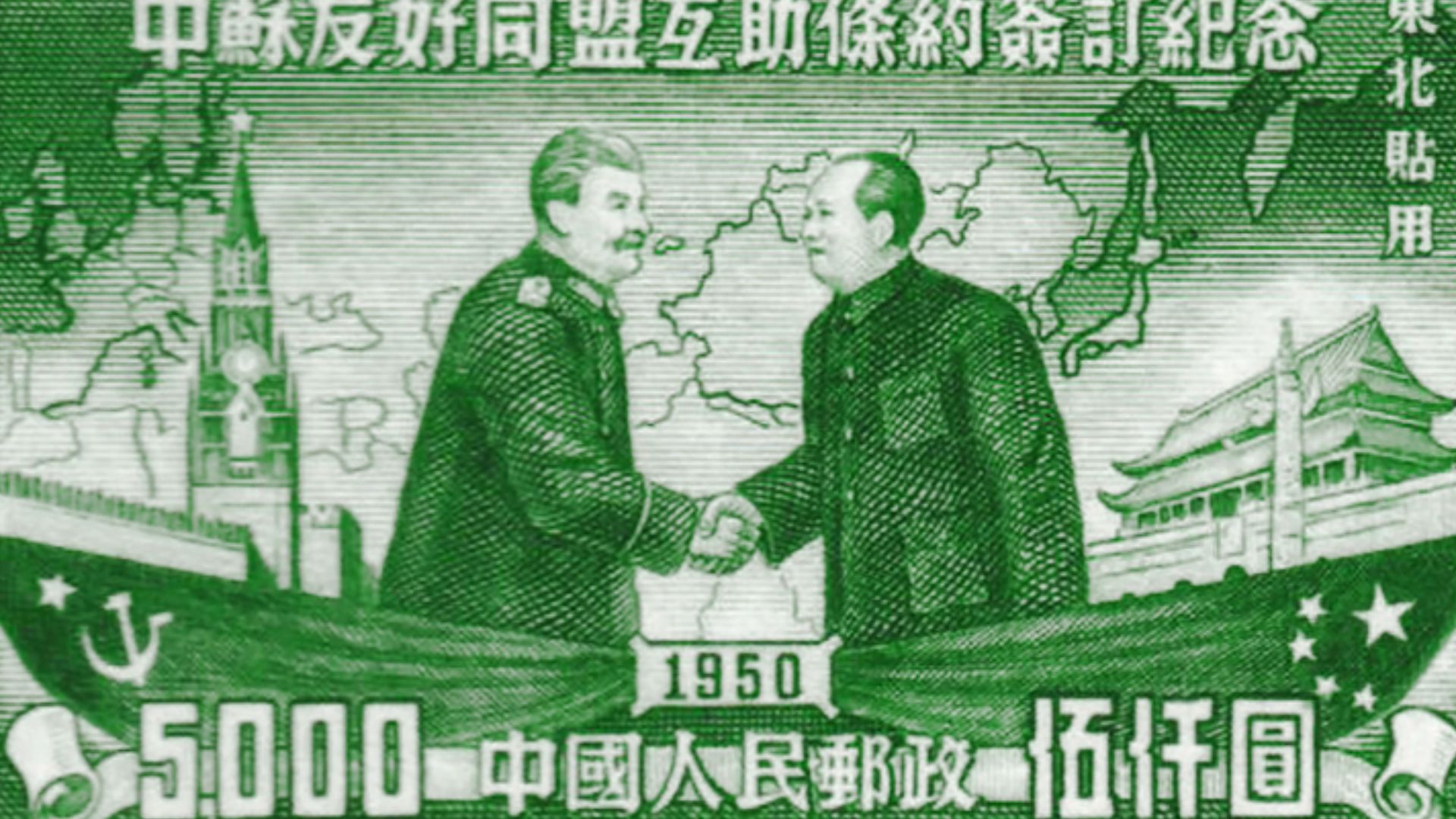 Post of the People's Republic of China on Wikimedia
Post of the People's Republic of China on Wikimedia
3. Germany And The Soviet Union
The 1939 Molotov-Ribbentrop Pact briefly united both powers in carving up Eastern Europe. That alliance shattered when Nazi Germany invaded the USSR in 1941. The Eastern Front became a brutal battlefield that claimed millions of lives. After WWII, Cold War rivalry entrenched their ideological opposition.
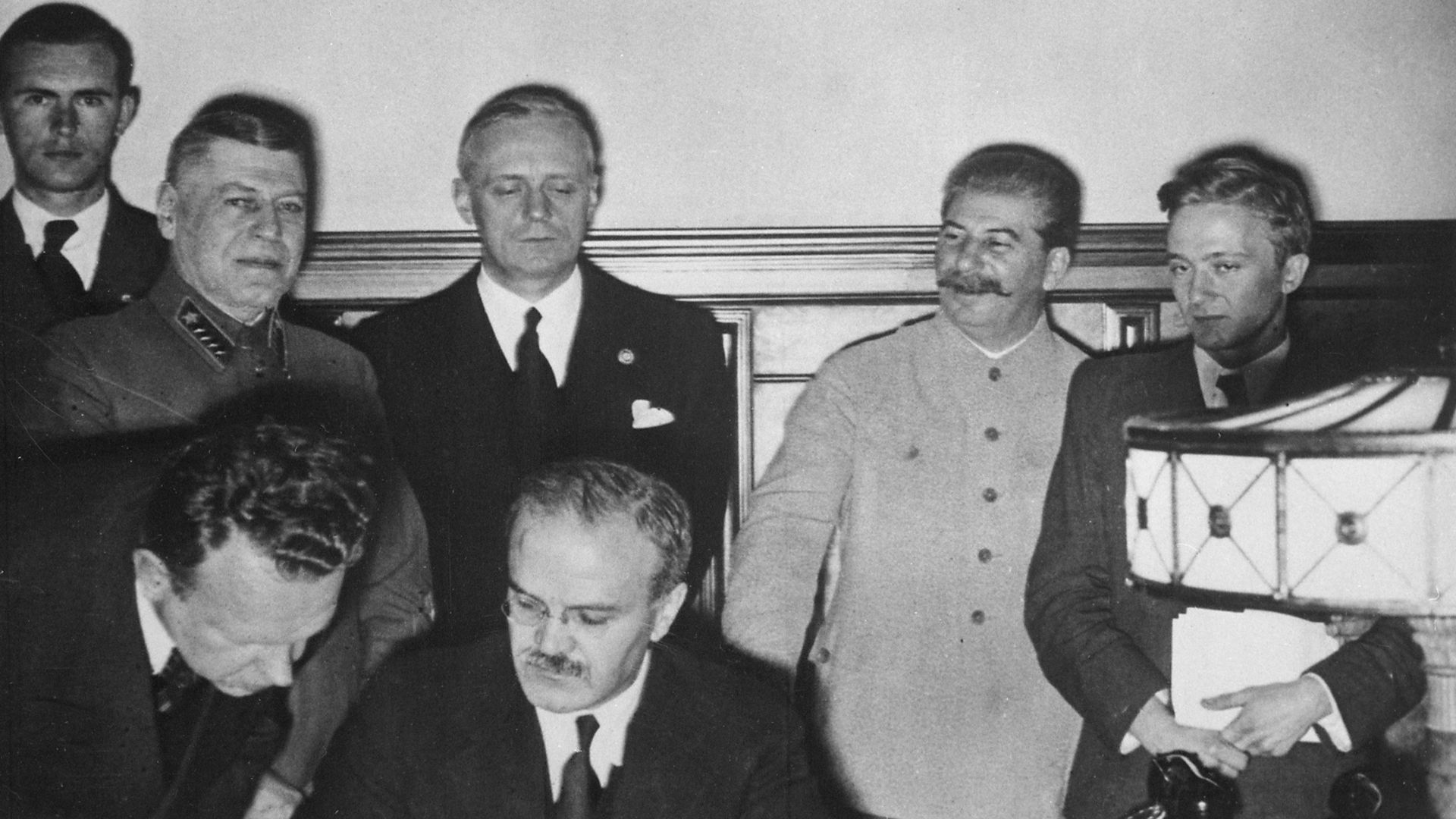 Unknown authorUnknown author on Wikimedia
Unknown authorUnknown author on Wikimedia
4. Argentina And The United Kingdom
Early 20th-century ties gave way to enmity after Argentina invaded the Falklands in 1982. It took Britain’s swift military response to humiliate Argentina, and that severed decades of goodwill. Though diplomatic relations have cooled, sovereignty disputes over the islands continue to resurface.
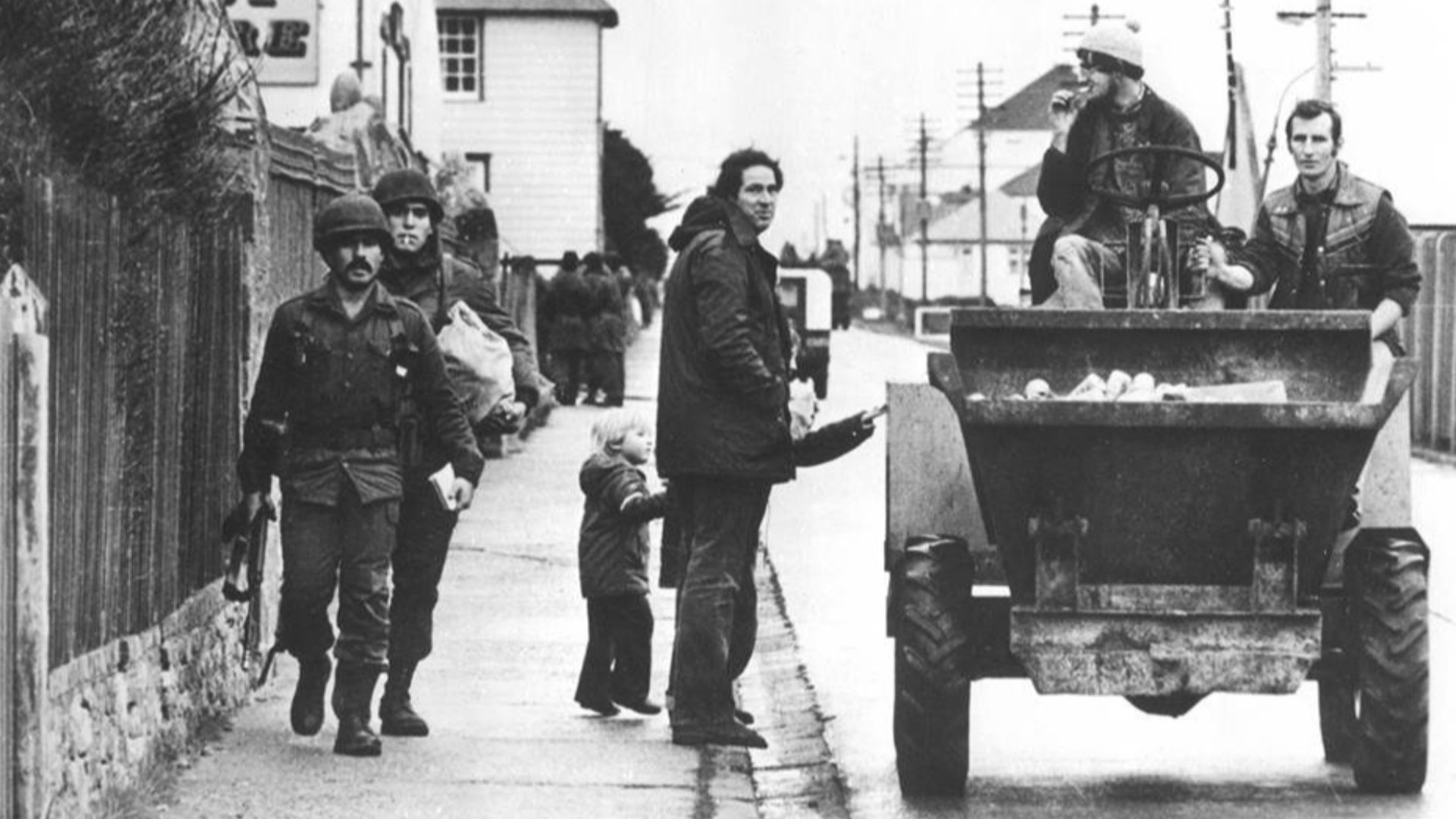 Unknown authorUnknown author on Wikimedia
Unknown authorUnknown author on Wikimedia
5. Iraq And The United States
The U.S. backed Saddam Hussein during the Iran-Iraq War, viewing Iraq as a regional counterweight. That alliance fell apart after Iraq invaded Kuwait in 1990. The U.S.-led Gulf War and, later, the 2003 invasion toppled Hussein. Furthermore, years of occupation have left scars on bilateral ties.
6. France And England
Historic rivals for centuries, France and England briefly formed an alliance during the World Wars. Yet, earlier hostilities, like the Hundred Years’ War and colonial clashes, left lasting scars. Both are now NATO allies, but underlying tensions from past conflicts still echo in their diplomatic dynamics.
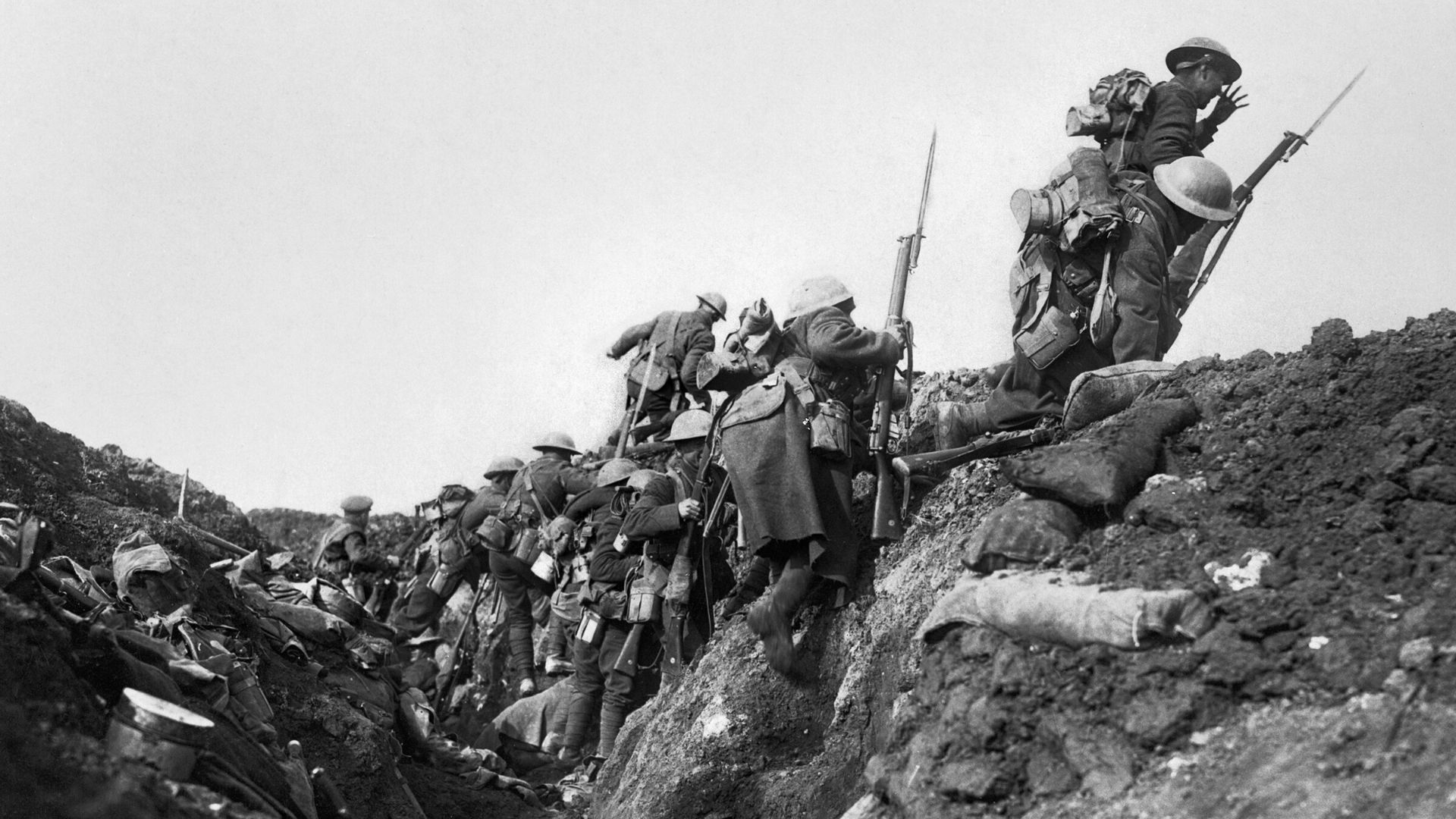 Canadian Official photographer, Castle, W I (Lieutenant) on Wikimedia
Canadian Official photographer, Castle, W I (Lieutenant) on Wikimedia
7. Egypt And The Soviet Union
During the 1950s and 60s, Egypt under President Nasser leaned on Soviet support, receiving weapons and aid. But by the 1970s, President Sadat expelled Soviet personnel and pivoted toward the U.S. The Cold War allies became rivals as Egypt joined the Western bloc.
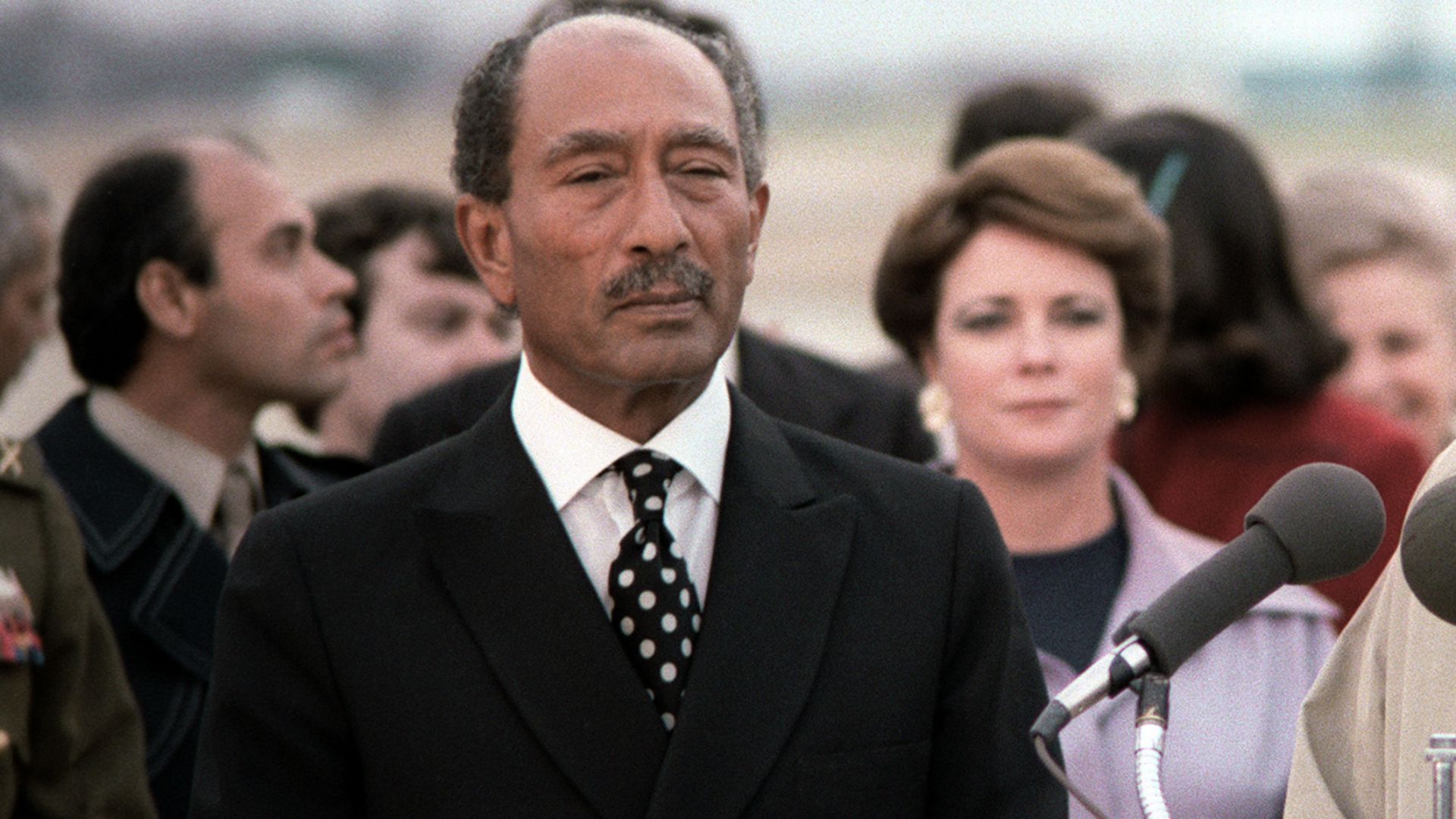 Unknown authorUnknown author on Wikimedia
Unknown authorUnknown author on Wikimedia
8. United States And Panama
After helping Panama gain independence and controlling the canal, the U.S. acted as a dominant force in the country’s politics. That alliance collapsed in 1989 when U.S. troops invaded Panama to remove former ally General Noriega.
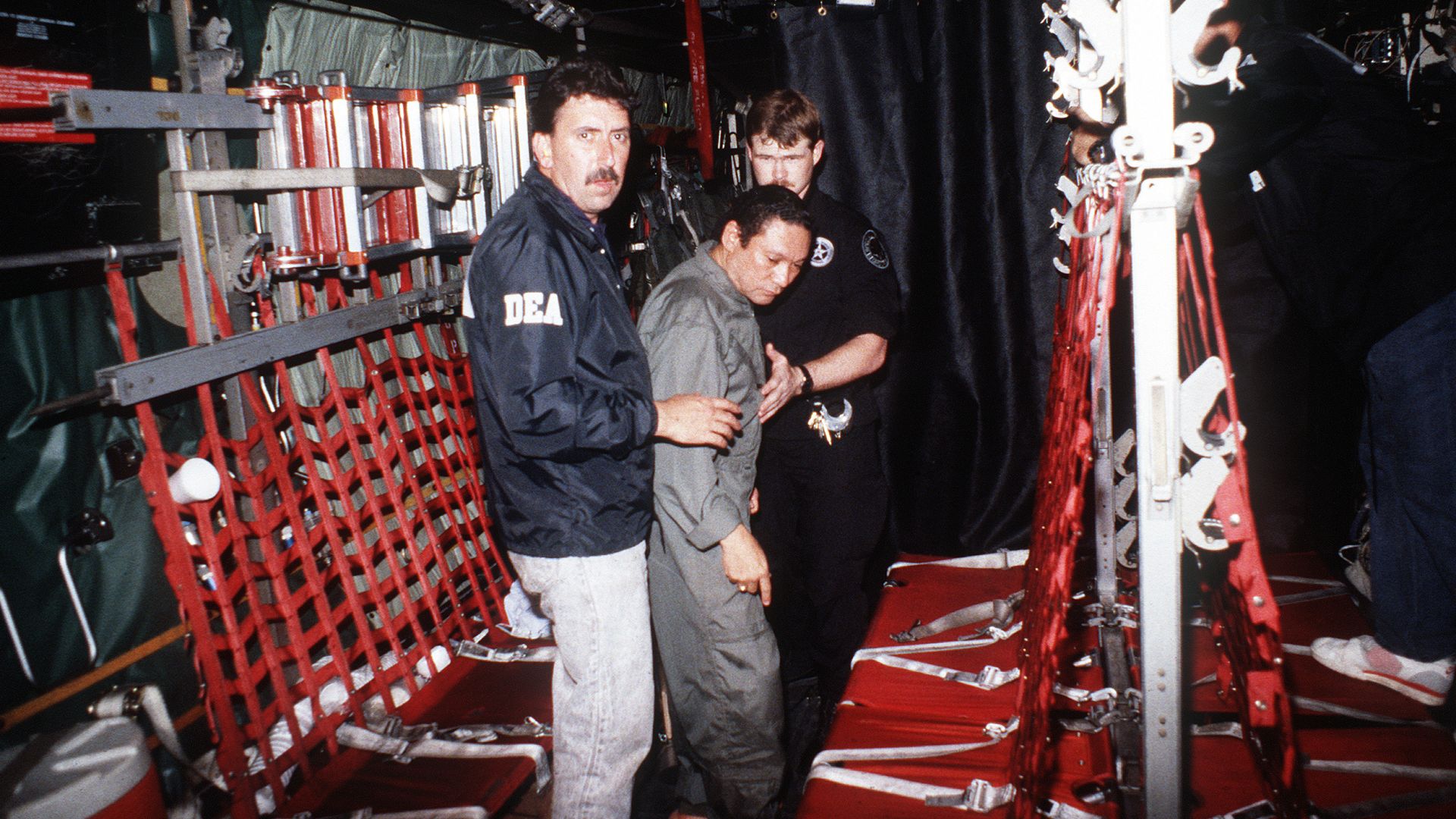 unknown, United States Air Force on Wikimedia
unknown, United States Air Force on Wikimedia
9. Italy And Germany
These two nations allied under Nazi regimes in World War II. After Mussolini’s fall in 1943, Italy turned against Germany, which forced the Nazis to occupy parts of Italy and sparked internal resistance. When the war ended, both countries distanced themselves from their authoritarian pasts.
10. Somalia And Ethiopia
Somalia and Ethiopia shared periods of uneasy cooperation during the 1960s. That fragile relationship was shattered in 1977 when Somalia invaded Ethiopia’s Ogaden region. The two nations, once Soviet-aligned, found themselves on opposite sides of a brutal war—Ethiopia, backed by the USSR, and Somalia left isolated.
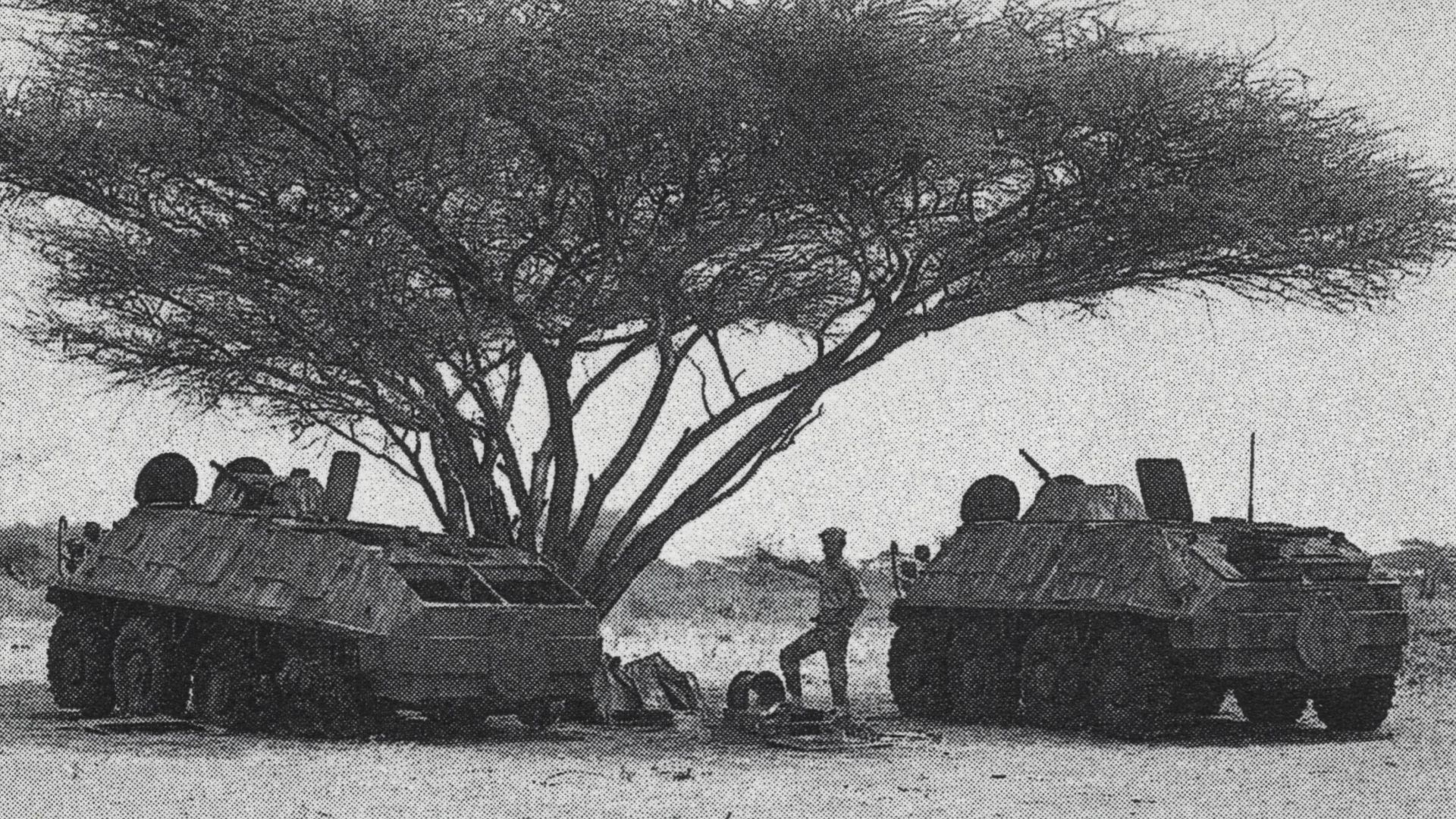 Ministry of Foreign Affairs; Somali Democratic Republic on Wikimedia
Ministry of Foreign Affairs; Somali Democratic Republic on Wikimedia
11. United States And Pakistan
During the Cold War, Pakistan was a key U.S. ally in the fight against Soviet influence. Tensions, however, grew over Pakistan’s links to militant groups. The 2011 U.S. raid that killed Osama bin Laden on Pakistani soil deeply embarrassed Islamabad, and today, they share mutual suspicion.
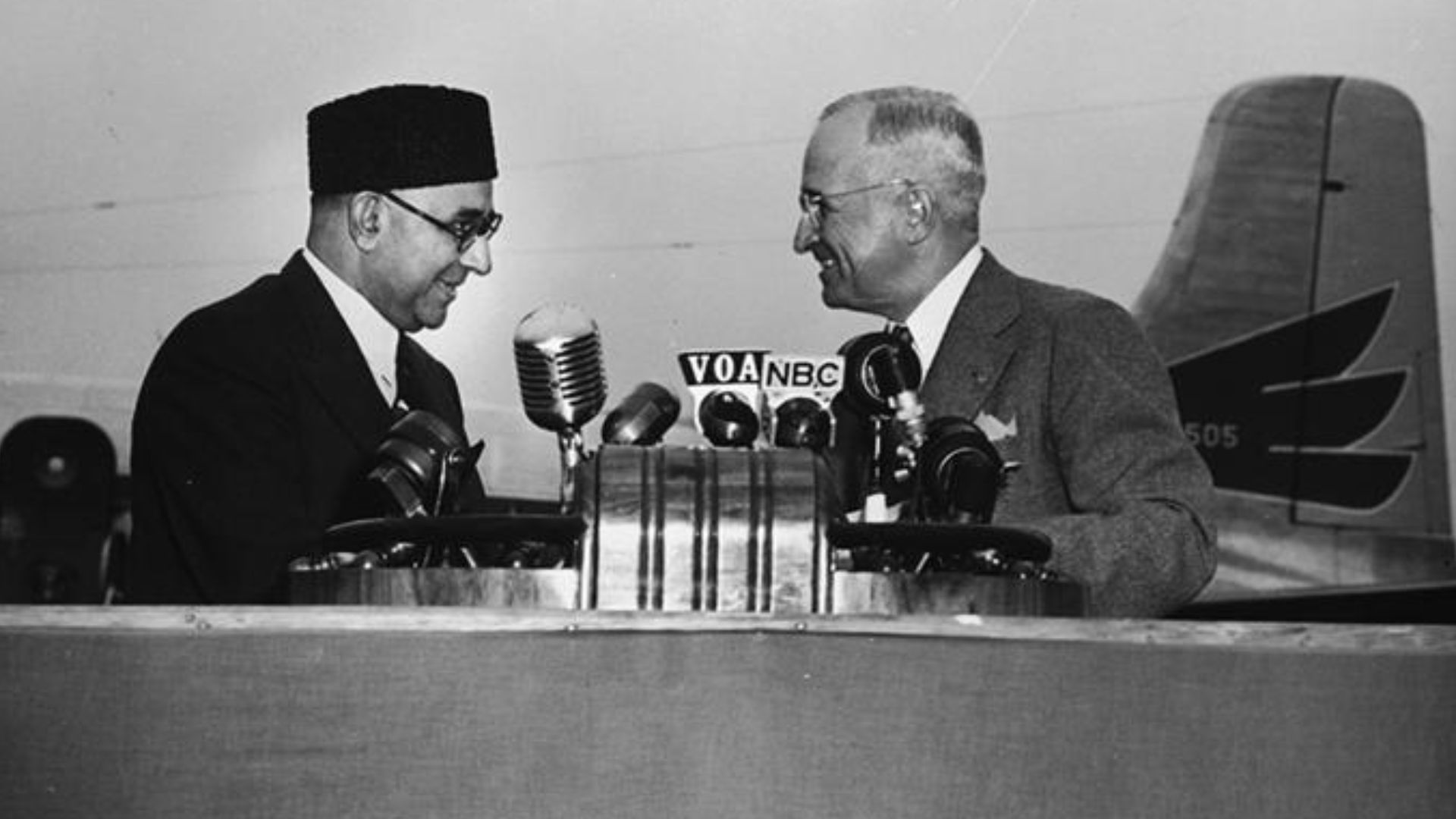 Unknown, provided by US Department of State as part of the album
Unknown, provided by US Department of State as part of the album
12. Finland And The Soviet Union
Before WWII, Finland was a semi-autonomous Grand Duchy within the Russian Empire and maintained diplomatic ties with the Soviet Union after independence. Everything changed in 1939 when the USSR invaded Finland in the Winter War. The former imperial ally fought fiercely, and distrust lingered throughout the Cold War.
13. Ethiopia And Eritrea
Forces from both nations once fought side-by-side against Somalia in the 1970s. Eritrea’s independence in 1993, however, marked a turning point, and by 1998, border disputes erupted into war. Although peace was restored in 2018, fragile trust and periodic clashes continue to complicate their relationship.
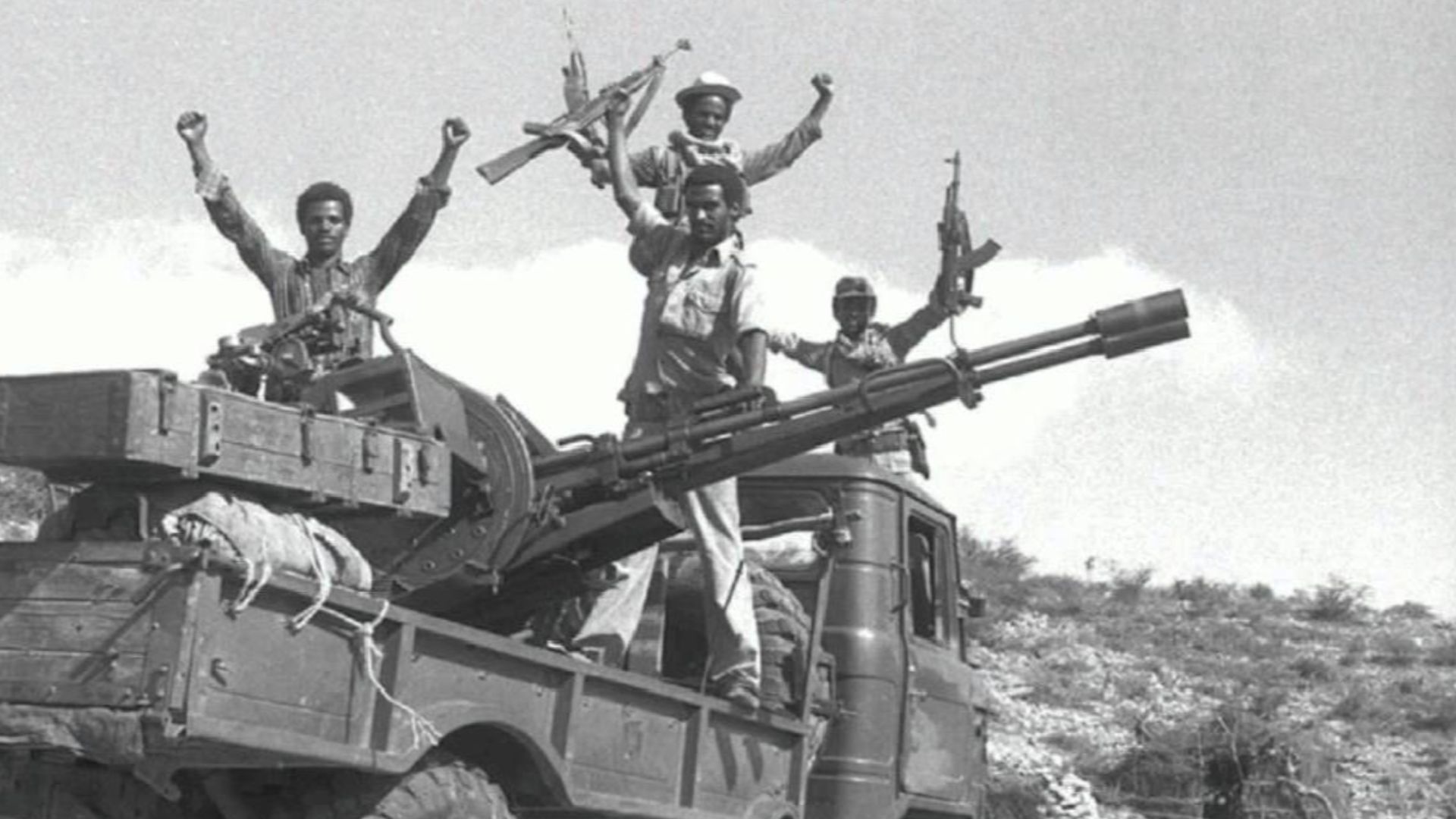 Unknown authorUnknown author on Wikimedia
Unknown authorUnknown author on Wikimedia
14. France And Russia
Napoleon’s alliance with Russia disintegrated when he invaded in 1812. They clashed again during the Crimean War over influence in Eastern Europe and the Ottoman Empire. Although briefly aligned in World War I, deeper historical rivalries persisted, shaping future diplomatic caution between the two nations.
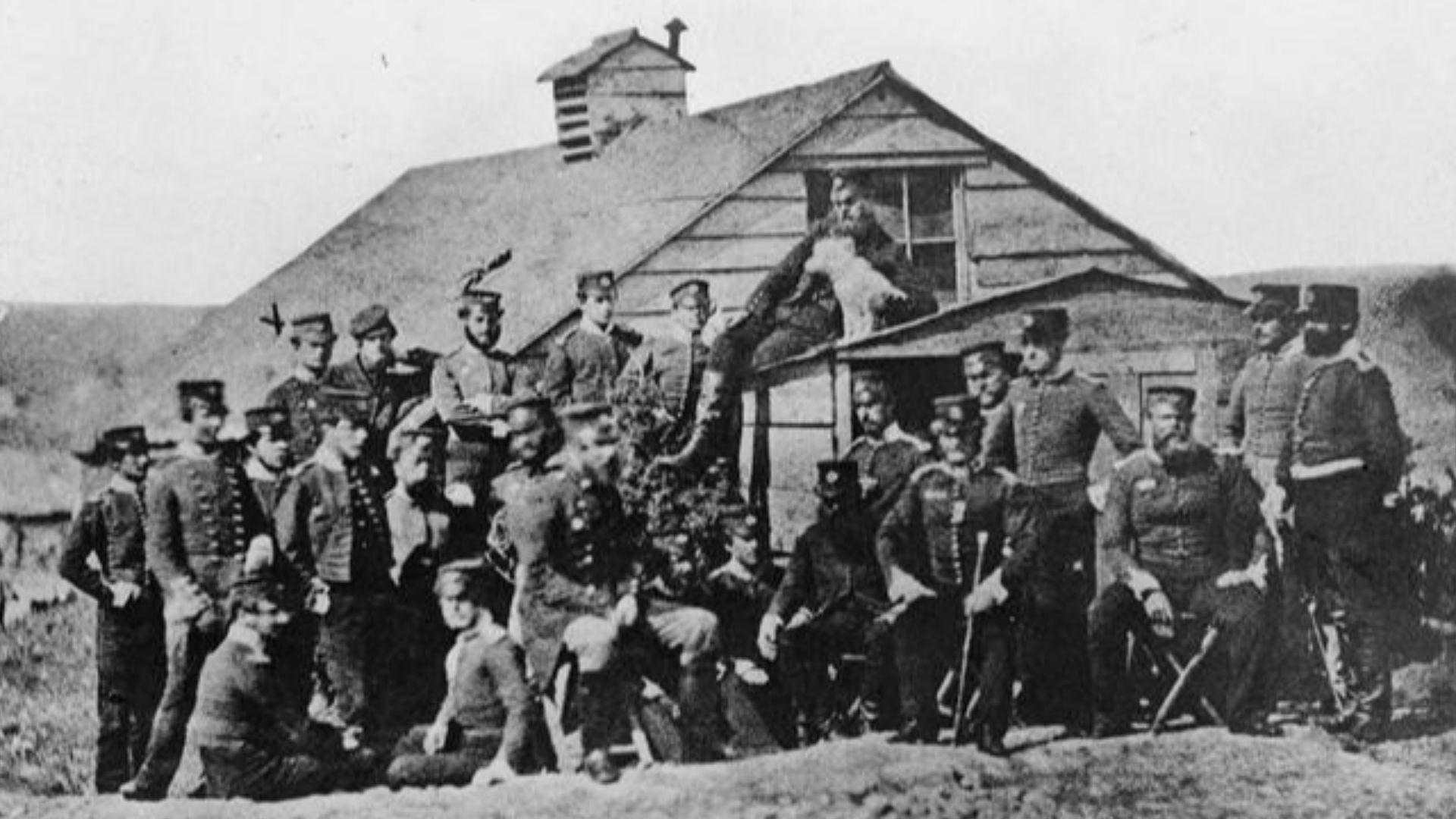 British Army official photographer on Wikimedia
British Army official photographer on Wikimedia
15. Israel And Iran
Under the Shah, Iran maintained strong ties with Israel, including arms deals and intelligence sharing. That changed after the 1979 revolution, as Iran adopted a fiercely anti-Israel stance. Support for Hezbollah and proxy conflicts across the region has since hardened both sides into bitter, long-term adversaries.
 Unknown authorUnknown author on Wikimedia
Unknown authorUnknown author on Wikimedia
16. Japan And The United States
Ties between the two thrived before World War II. It took Japan’s surprise attack on Pearl Harbor in 1941 to shift this alliance to an all-out war. The U.S. fierce response culminated in Japan’s surrender, and though relations have since improved, the wartime memories remain.
17. China And The United States
United during WWII against Japan, the U.S. and China diverged after 1949 when Washington backed Taiwan. Diplomatic ties resumed in the 1970s, but economic rivalries and ideological differences grew. Recent trade wars and military build-ups have strained the once cooperative relationship into open rivalry.
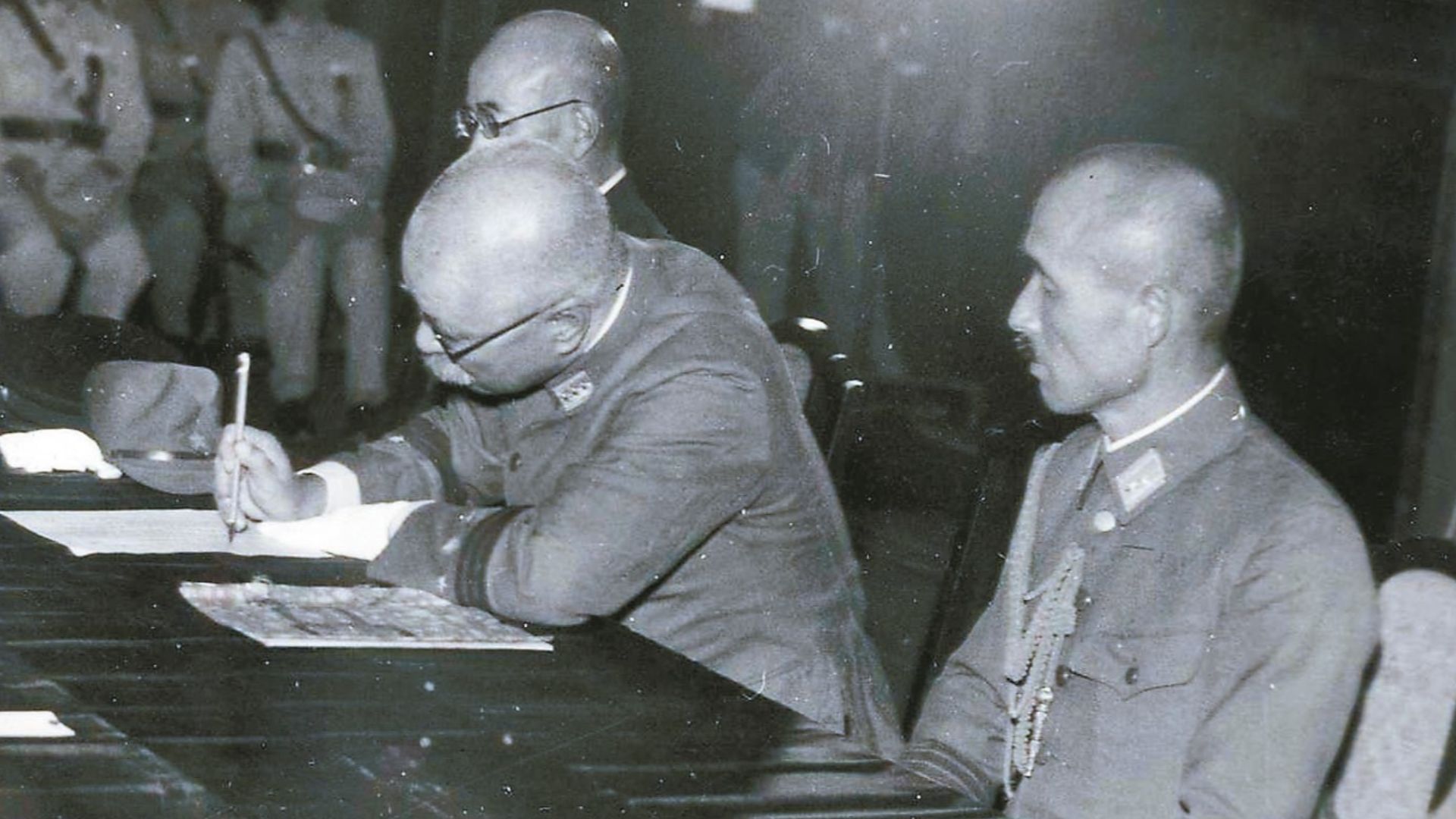 Unknown authorUnknown author on Wikimedia
Unknown authorUnknown author on Wikimedia
18. United States And Libya
Libya maintained cordial relations with the U.S. post-independence, but Gaddafi’s rise brought hostility and anti-Western policies. The U.S. attack on Tripoli in 1986 marked open conflict. Decades later, U.S.-backed NATO forces played a key role in his 2011 overthrow.
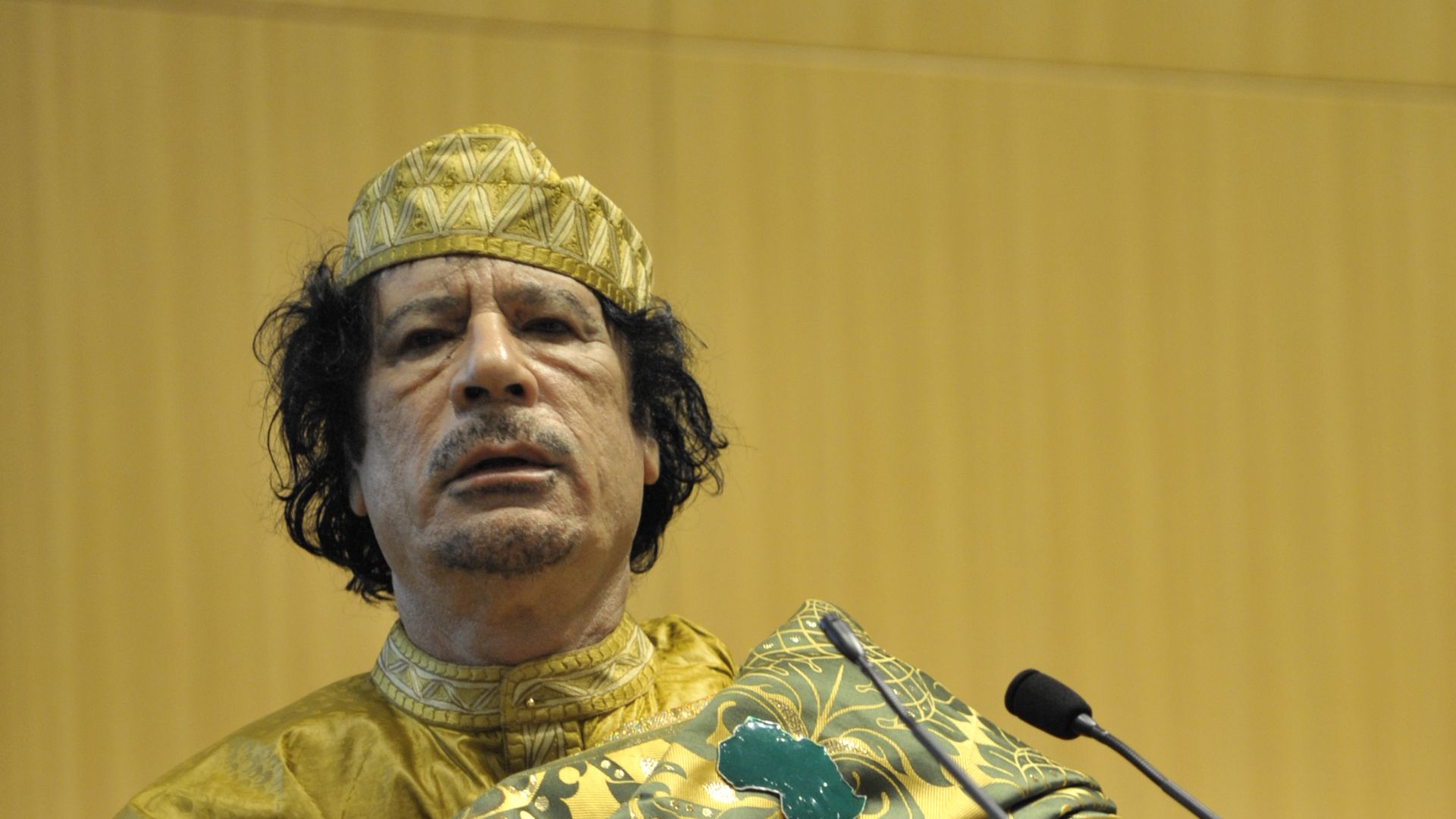 U.S. Navy photo by Mass Communication Specialist 2nd Class Jesse B. Awalt/Released on Wikimedia
U.S. Navy photo by Mass Communication Specialist 2nd Class Jesse B. Awalt/Released on Wikimedia
19. Syria And Turkey
As regional partners, Syria and Turkey deepened ties in the early 2000s. The outbreak of Syria’s civil war fractured the relationship, with Turkey supporting opposition forces. Border tensions, refugee crises, and Turkey’s incursions into northern Syria have since turned former neighbors into bitter strategic opponents.
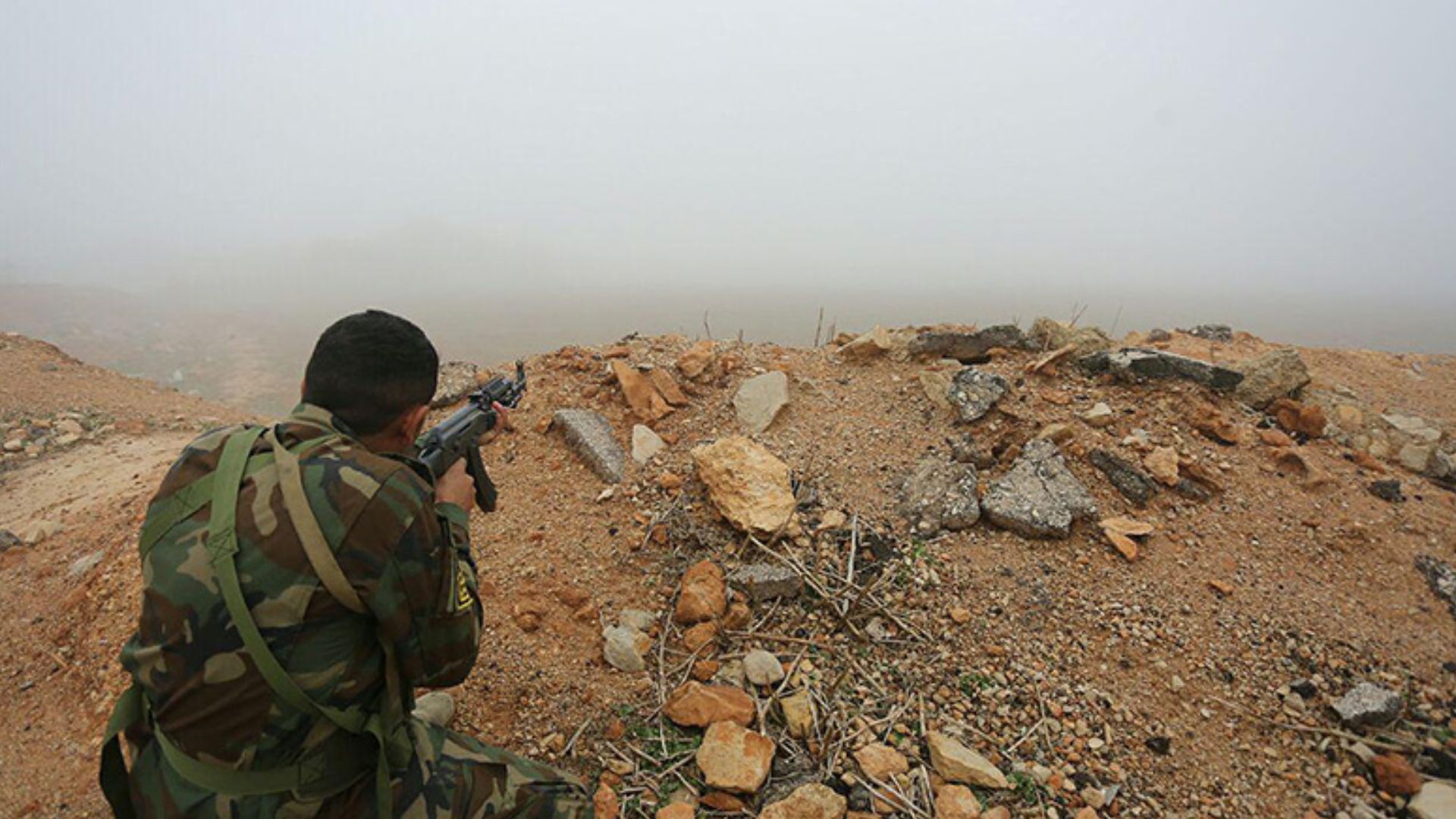 Mohammad Reza Jofar on Wikimedia
Mohammad Reza Jofar on Wikimedia
20. India And Sri Lanka
India and Sri Lanka’s relationship frayed in the 1980s when India deployed its Peacekeeping Force to intervene in Sri Lanka’s civil war. Both Tamil rebels and government troops clashed with them. 1991’s assassination of Indian Prime Minister Rajiv Gandhi by a Tamil militant group further deepened mistrust.
KEEP ON READING
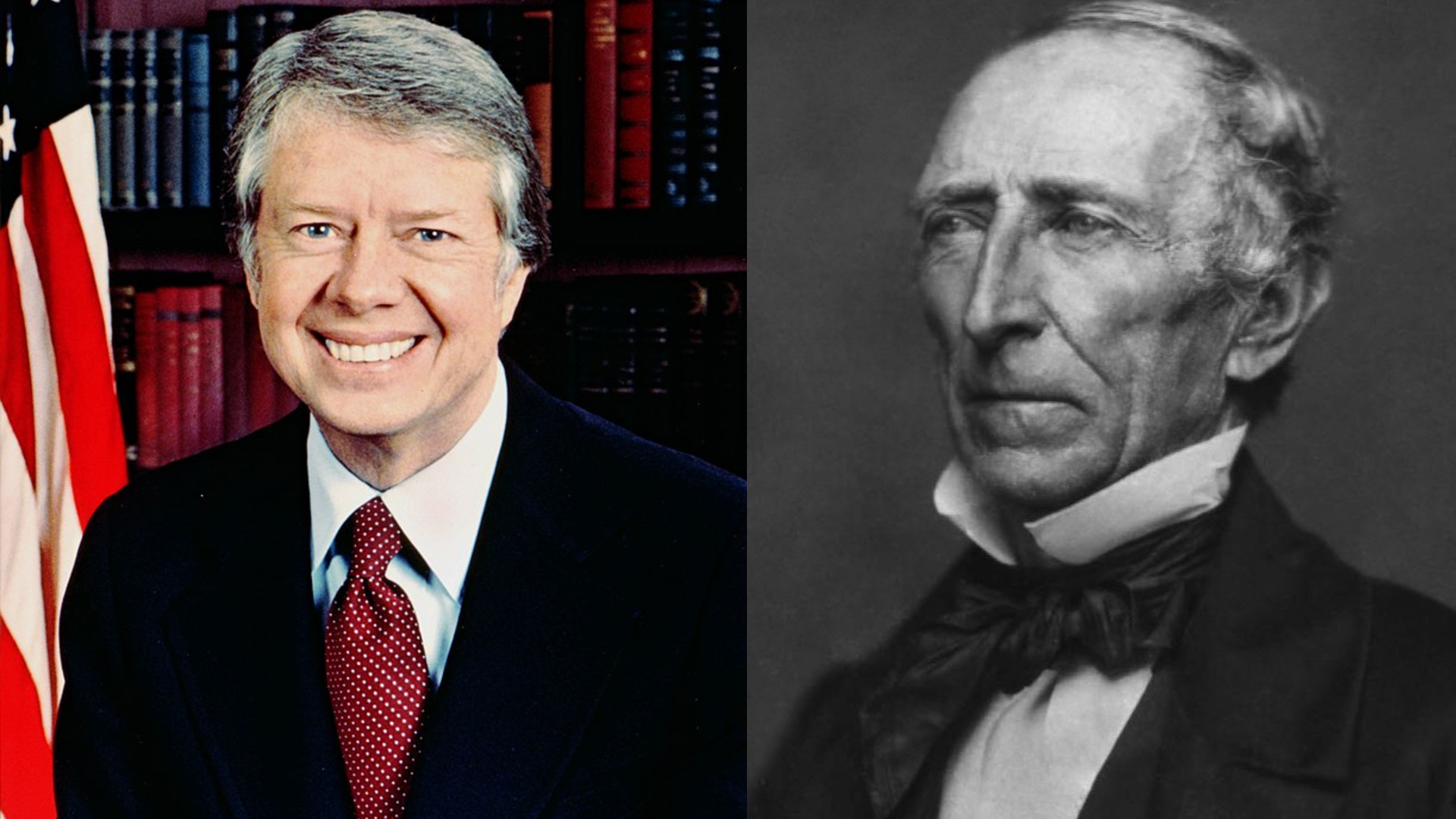
1 Weird Fact About Every President
Washington, Lincoln, FDR. Most people know something about the lives…
By Robbie Woods Dec 3, 2024
10 Actors Who Perfectly Played a Historical Figure & 10…
Which Performance is Your Favorite?. Playing the role of a…
By Rob Shapiro Sep 15, 2025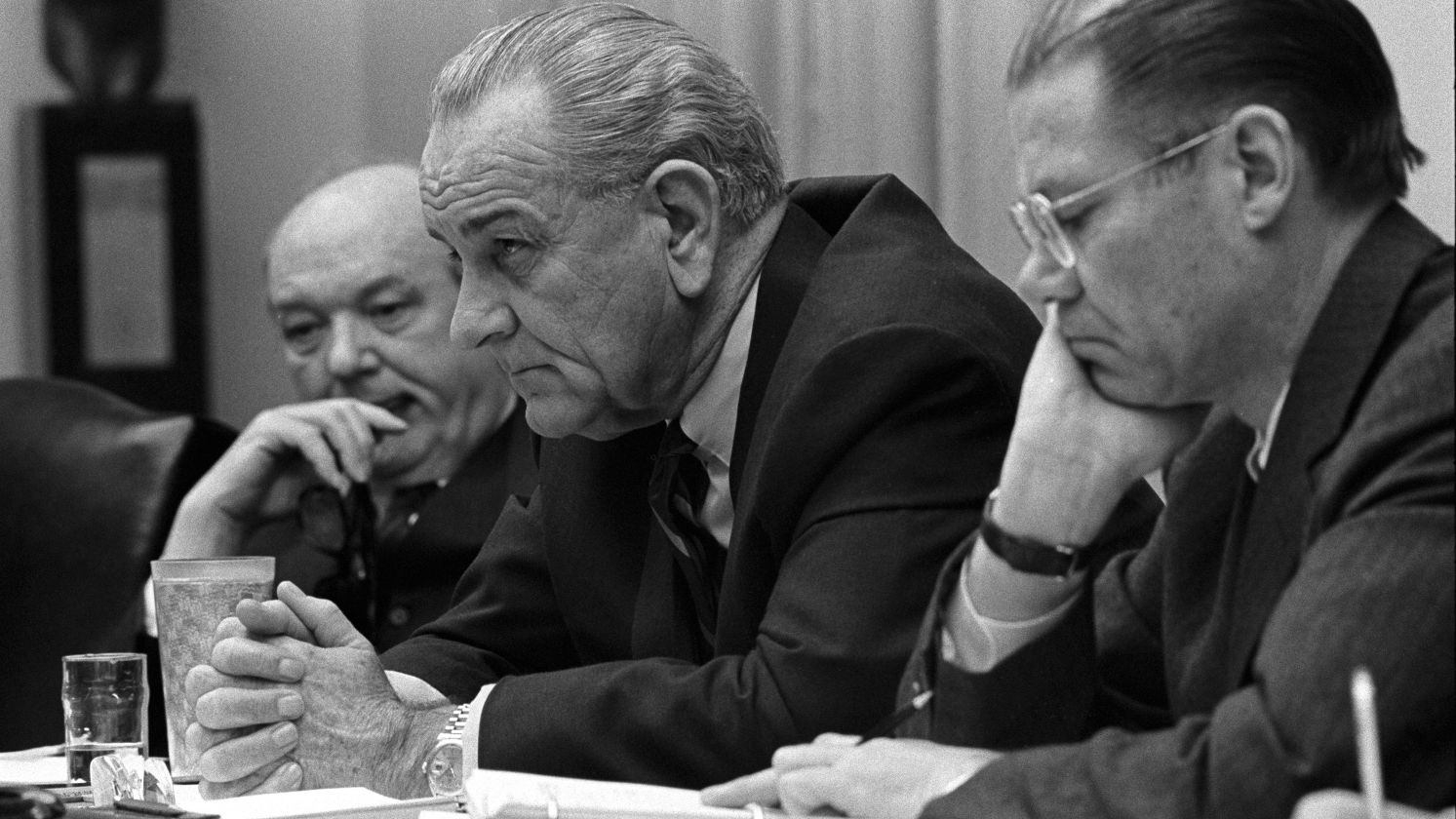
10 Actors Who Weren't Up To Playing A U.S. President…
Who Wouldn't Vote Woody Harrelson for President?. Actors who sign…
By Rob Shapiro Oct 22, 2025
10 Amazing Popes & 10 Who Weren't So Great
An Odd Cast of Characters Throughout History. From popes who…
By Henry Judd Apr 29, 2025
10 Ancient Civilizations You Don’t Want to Be Trapped In…
Grab Your Time Machine. Trying to pick out an ancient…
By Farva Ivkovic Feb 21, 2025
10 Ancient Lost Cities Yet To Be Found & 10…
Will You Find The Next Lost City?. Based on our…
By Breanna Schnurr Aug 27, 2025


